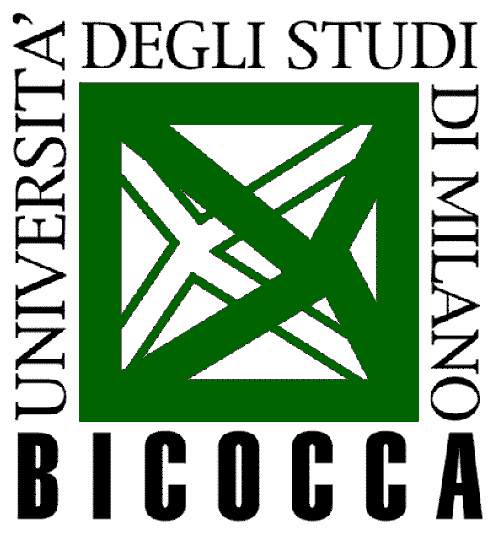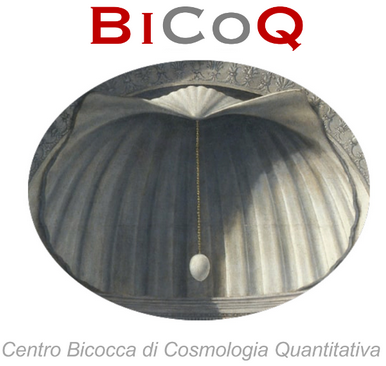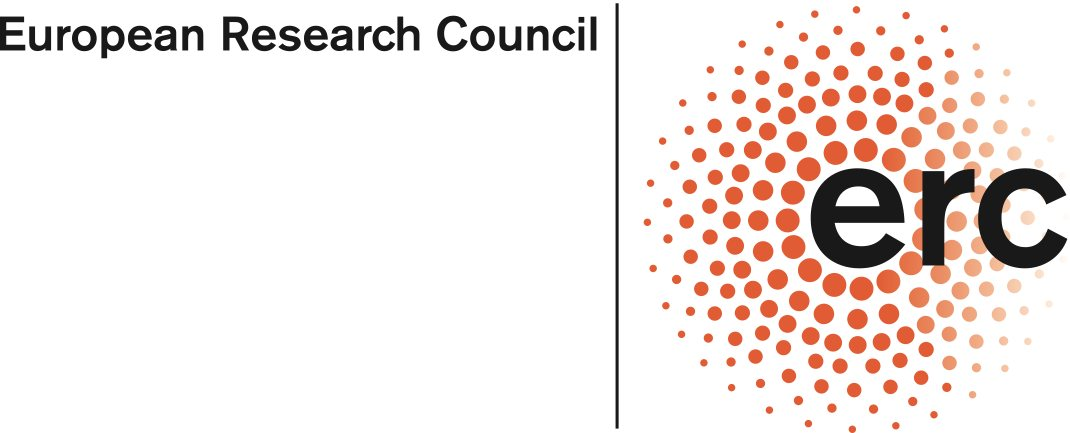Most Stringent Bound on Electron Neutrino Mass Obtained with a Scalable Low-Temperature Microcalorimeter Array
B. K. Alpert et al.
Phys. Rev. Lett. 135, 141801 (2025) - Published 29 September, 2025

Welcome to the homepage of the Low Temperature Detectors for Neutrino Physics development group. Our Cryogenic Laboratory is hosted by the Physics Department of Milano-Bicocca University and it is run in collaboration with the Istituto Nazionale di Fisica Nucleare (Sezione di Milano-Bicocca).
We are currently developing Low Temperature Detectors mostly for neutrino physics (Direct neutrino mass measurements, Neutrinoless double beta decay searches, ...). Our goal is to conceive, develop, and carry out experiments to answer some outstanding questions about neutrinos, but the cutting edge techniques we develop may also have an impact in many frontier fields like astrophysics, material analysis, nuclear safety and diagnostic, archaeometry, and quantum technologies.
Our research is highly interdisciplinary and combines expertises in condensed matter, atomic, nuclear, and sub-nuclear physics, thin film technology, device micro-fabrication, low temperature techniques, superconducting electronics, microwave electronics, digital signal processing and large cryogenic systems.
 |
 |
20 INFN post-doc fellowships for 2026/2027: the details on this site or here
|
|
EDITORS' SUGGESTION
Most Stringent Bound on Electron Neutrino Mass Obtained with a Scalable Low-Temperature Microcalorimeter ArrayB. K. Alpert et al. Phys. Rev. Lett. 135, 141801 (2025) - Published 29 September, 2025 |
also on the cover of Volume 135, Issue 14, 3 October 2025
A new low temperature laboratory is being set up at University of Milano-Bicocca in building U19.
The laboratory will host 5 cryogen-free dilution refrigerators dedicated to neutrino physics (HOLMES experiment) and astrophysics (RES-NOVA experiment), to high frequency gravitational waves detection (BAUSCIA project), and to quantum science and technology research.
The laboratory is made possible by the financial contributions of National Science and Technology Institute (NQSTI) initiative of PNRR, of MUR through the Centro Bicocca di Cosmologia Quantitativa (Dipartimenti di eccellenza 2023-2027), EU (through ERC AdG 340321, ERC CoG 101087295 and MSCA-IF 101027746), and INFN (through CSN2 and CSN5)
 |
 |
||
 |
 |
 |
|

University of Milano-Bicocca is affilliated to the National Centre for HPC Big Data and Quantum Computing (ICSC) and to National Science and Technology Institute (NQSTI) initiative of the PNRR.
The Cryogenics Laboratory and BiQuTe will play a crucial role supporting the activities for the development of superconducting quantum devices in the Quantum Computing Spoke of ICSC and in the Integration and Complete Quantum Systems spokes of NQSTI. University of Milano-Bicocca is leader of the spoke Integration of NQSTI which is devoted to the integration of quantum systems.
In particular the activities are highly synergic with the Dartwars and qub-IT projects and they will be carried out in collaboration with groups from INFN, FBK, CNR and University of Naples.
ICSC and NQSTI are also funding PhD positions at University of Milano-Bicocca linked to BiQuTe activity in Quantum Technologies. For more information please contact Angelo Nucciotti.